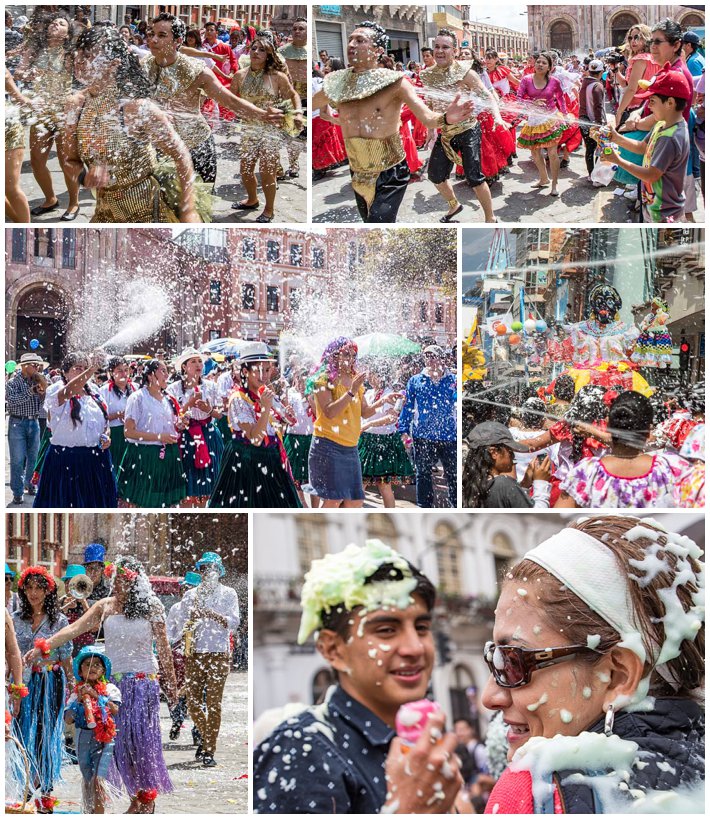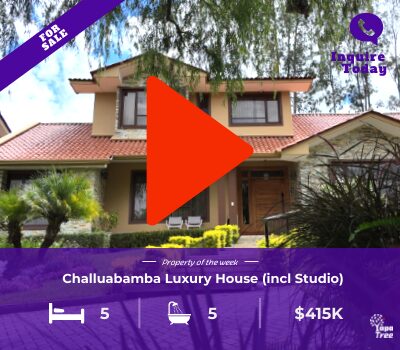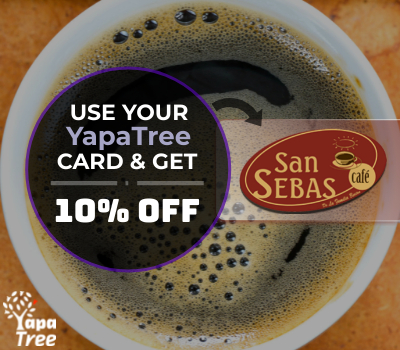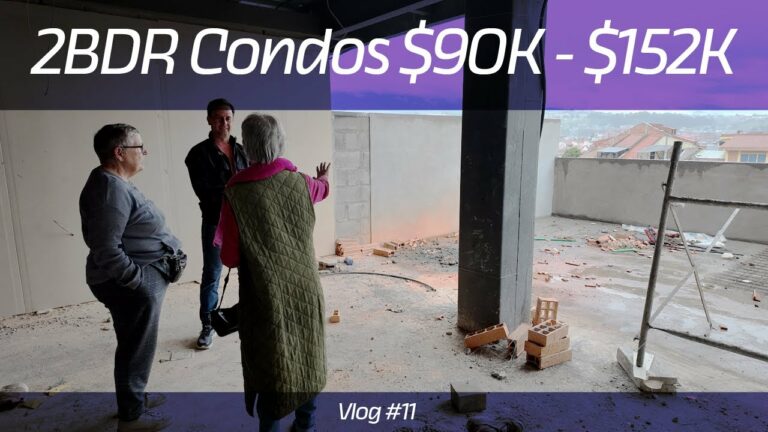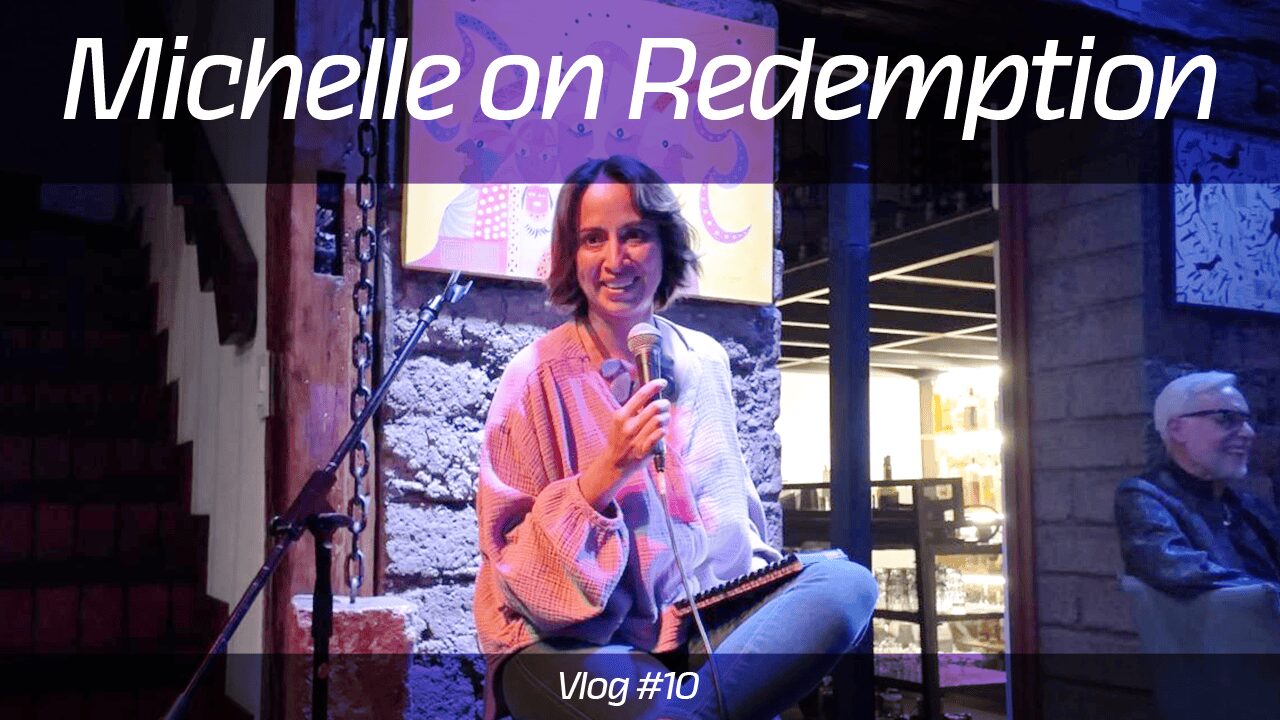The Carnaval And Its Origins
It has been said that the earliest origins of Carnaval are found in ancient Sumer and Egypt, where over 5,000 years ago pompous feasts were celebrated in honor of Apis the god of fertility. This celebration spread later to the Roman Empire where various celebrations continued in Greece and Rome for spring and the New Year, such as “bacanales” – in honor of Bacchus, god of wine – and the ” Saturnalities “- in honor of Saturn, god of sowing and harvest . The pagan celebrations of the ancient Roman Empire, which related to the arrival of the new year and spring, persisted even after the triumph of Christianity in the form of Carnaval. On the other hand, before the arrival of the Europeans, the Americas used this time of celebration as a way to ask the gods for fertility blessings and abundance in the upcoming harvests. After the conquest and the imposition of Catholicism, these ancient celebrations were absorbed by the European festival of Carnaval. This combination gave rise to the popular manifestations we see today for Carnaval around the world, with each celebration taking on the unique nuances, characteristics, and identity of the country of origin.
Carnaval In Cuenca
“Compades And Comadres” Thursday
In the specific case of Cuenca, Carnaval presents many
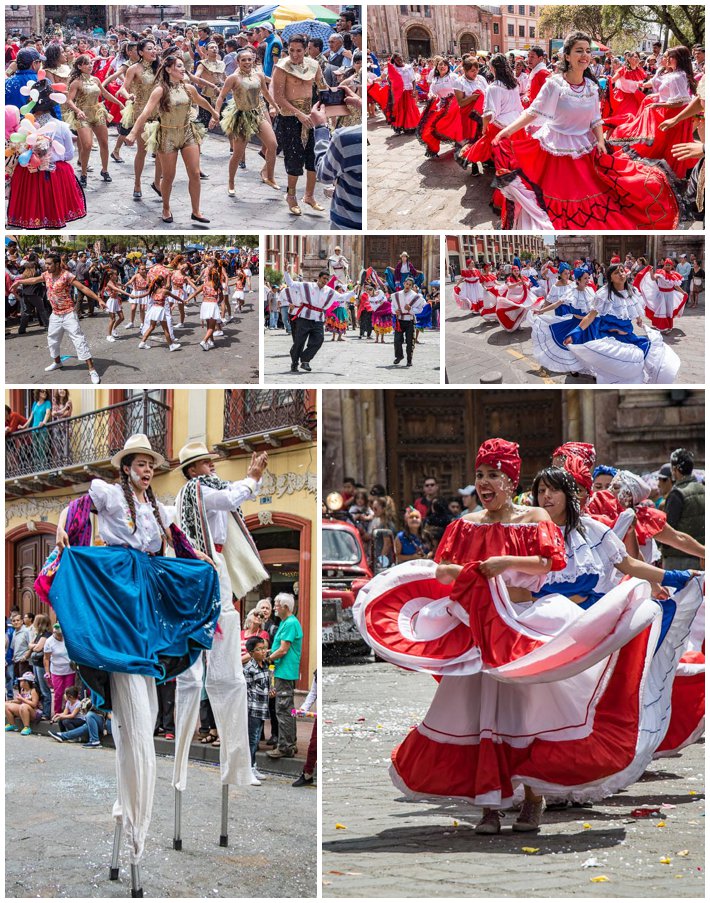
different characteristics that make it unique, from the exquisite local cusisine to the customs that still persist today, Cuenca’s Carnaval is not to be missed. One of these unique traditions, the Thursday of Compadres and Comadres, has almost disappeared but the city of Cuenca has been working to revitalize this celebration. This tradition, which begins two weeks before the Carnaval is aimed at strengthening ties of friendship and solidarity. The Compadres and Comadres are chosen depending on the degree of kinship or friendship that exists between them. The person chosen is presented with a “guagua” (girl) of bread or sugar, which is wrapped in the traditional way – in the form of a tamale – on a tray with flower petals. Along with the figure of bread or sugar it is also customary to give some “pleasure” which could be presented in the form of sweets, eggs, a hen, amoung other items. The ritual continues by having the chosen compades and comadres offer visitors a glass of the delicious “mistela” (aguardiente with macerated fruit).
Check Out More Details About This Event Here On The Facebook
Gastronomy
Another very attractive element of the Cuenca Carnaval is the abundance of food present. Countless culinary delights are prepared by local families to tempt locals and vistors alike. A famous example is the classic “pan cuencano”, which is kneaded and baked 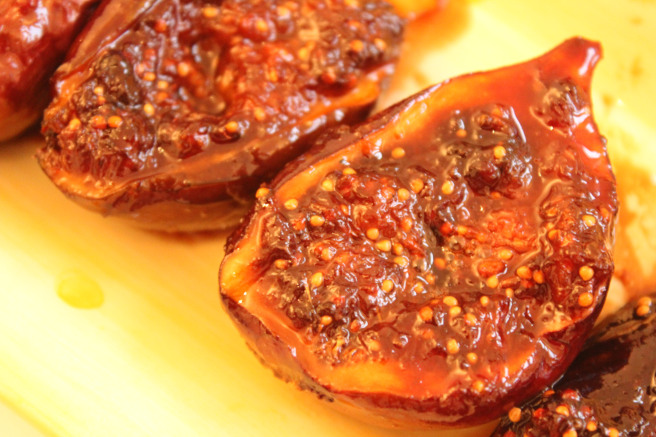
Playing Carnaval
As for the game, it has been said that playing with water is a custom inherited from Spain, as there is evidence that this was done in some towns in antiquity. However, this was not the only element present in the carnaval celebrations of the past. Well-to-do families prepared long-anticipated products such as fine powders, confetti, streamers, and perfumed, colored water filled with eggshells. Carnaval parties had a much more gallant character in these cases. In popular neighborhoods, on the other hand, water always prevailed with the idea that “without water, its not Carnaval”. From these original traditions, music, dance and of course, the famous canelazos or “sangurachis” were incorporated. These delicious drinks, served with the purpose of “heating” carnival, are prepared with water of boiled cinnamon, naranjilla, sugar and aguardiente.
To check out all the Carnaval activities happening in Cuenca ( in English) click here
